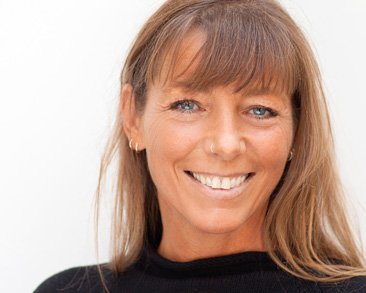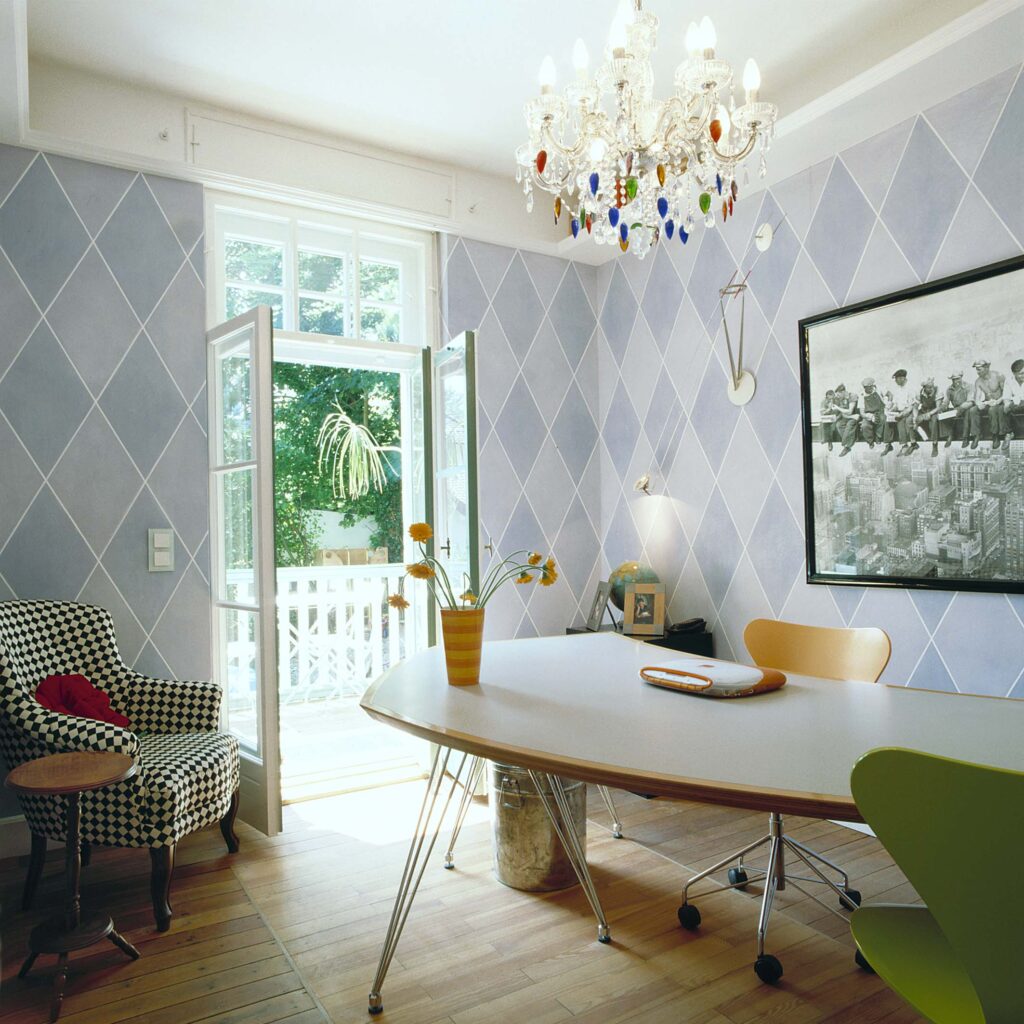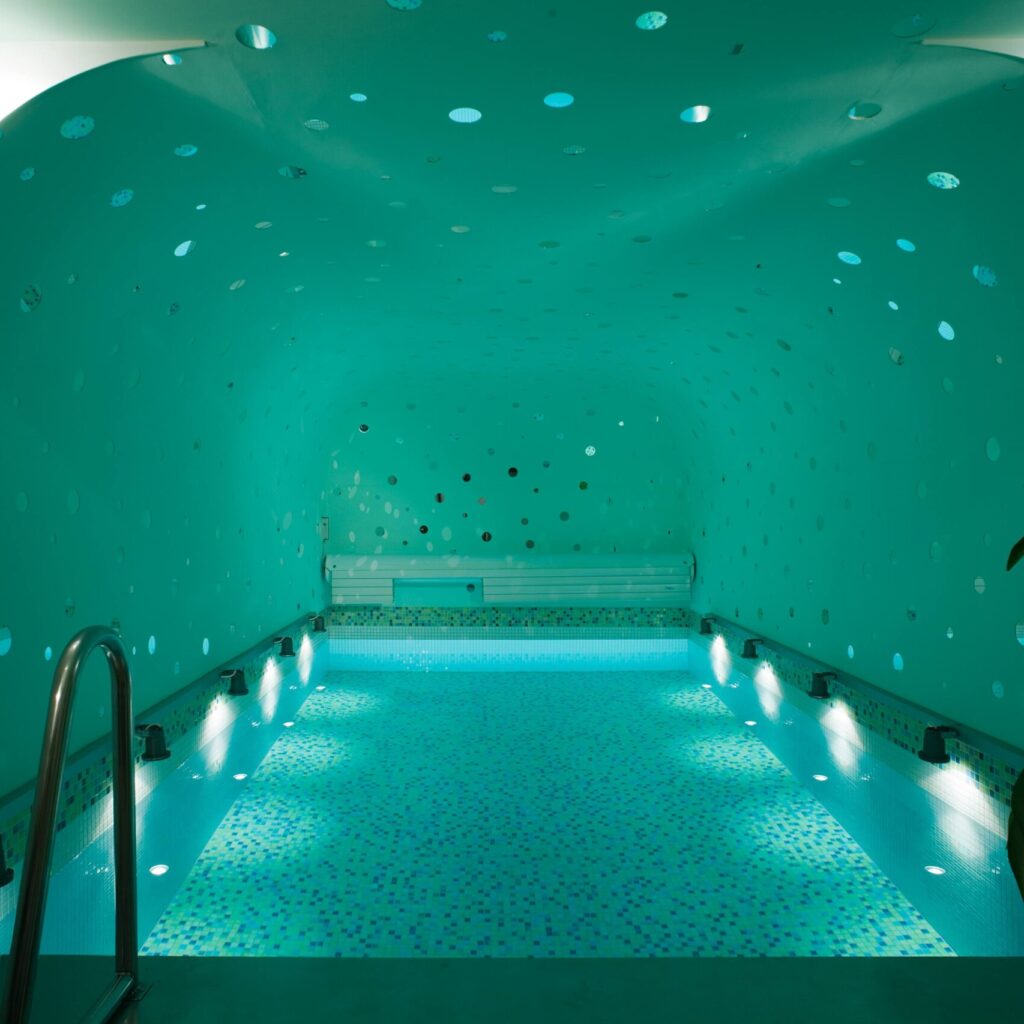For many people, the profession of interior designer makes them think of colourful drapes and designer furniture – which is far removed from what this job actually entails. The magazine “exklusive häuser” (Exclusive Homes) asked Munich interior designer, Anne Batisweiler, about her day-to-day work and about the differences between the professions of interior designer, architect and interior decorator.

Anne Batisweiler has the professional designations “Dipl.-Ing. (FH) der Fachrichtung Innenarchitektur” (Graduate Engineer of Interior Design) and Dipl. Designerin (Graduate Designer). She works as an interior designer for private individuals as well as commercial enterprises with a focus on cinema design. She studied interior design in Rosenheim, Germany, visual communications at the Hochschule der Künste Berlin (College of Arts) and was awarded a scholarship in 1988. In 1992, she established her own company in Munich. This was followed by teaching/ lectureship assignments at the university of applied science in Rosenheim and Munich respectively, as well as various guest lectures. In addition, she serves time and time again as a member of various juries and selection committees.
Ms. Batisweiler, you have been in this industry for more than 20 years. What are the main responsibilities of an interior designer?
Anne Batisweiler: To develop the best-possible solution for the client, according to his requirements and options, of course. So, consulting, planning, construction supervision and a lot of additional work required to successfully execute a project from basic evaluation to realization.
What kind of biases and prejudices with respect to your profession do you encounter in your work?
Anne Batisweiler: Most people are surprised when they find out that I also supervise construction sites. In their minds, they cannot picture a dusty site in conjunction with colours, materials and lighting design. Add to this that most people do not expect a woman to have technical knowledge and experience with e.g. lighting technology, acoustics, fire protection, heating, air-conditioning and plumbing systems.
Did you receive any education and training in a skilled trade? If yes, how is it helping you in your work?
Anne Batisweiler: I have always been interested and talented in skilled trades. I have learned from carpenters/ joiners, plasterer, bricklayers, metal works, interior decorators, ceramists, painters and lighting designers. I have the ability to visualize work processes and am familiar with many of the tools, building materials and their application. My enthusiasm for manual work contributes to my design processes, as well as my work and communicating with the skilled trades.
You have designed a great number of cinema auditoriums. Where does the work for private and public clients intersect?
Anne Batisweiler: In my work the differences are not so much between public and private, but instead between commercial and private. Commercial projects are usually much more involved and subject to more stringent official regulations. In comparison, private projects are quite “straight-forward.” Private developers also get to benefit from my knowledge and especially my experience with lighting design and acoustics. I frequently encounter project reports where I see an appealing design, but can already “hear” how unsatisfactory the interior design and selection of materials is in terms of the acoustics. Noise creates stress. My spaces strive to be soothing on all senses, not just visually, in terms of their look. And, if residents encounter easy-to-care-for and sturdy materials when they are cleaning, or the landlord does not have to replace light fixtures as frequently and so reducing lighting expenses, I know I have made a good contribution on that level as well.
Where do the fields of work of architect, interior designer and interior decorator intersect?
Anne Batisweiler: Fundamentally, interactive design from the interior to the exterior and vice-versa ensures the very best spaces. Just as most interior designers do not really deal with external insulation, construction of foundations or eave design, architects rarely have experience in dealing with interior textiles, furniture hinges or ergonomic dimensions such as e.g. seat depth or heights. Interior designers, in my experience, have a closer connection to people, but there are always exceptions, as with every rule. Open collaboration between architect and interior designer is the best pre-requisite for excellent solutions. Interior decorators usually specialize in a certain area, such as upholstery, sewing and installation of floors. They lack the broad education and training across all of the other skilled trades that an architect or interior designer deals with. They specialize in workmanship of furniture, similar to carpenters/ joiners or interior decorating companies.
What is easier: to redevelop existing projects or to plan and design a new building, where you are basically starting on the “ground level”?
Anne Batisweiler: The process can only occur from the inside out and vice-versa to make the very best solutions possible, if you are included in the design of new buildings right from the start. Otherwise, new buildings are just like existing building for interior designers and that means business as usual.
Do you have a favourite project, and if yes, why? What was so special about this particular interior space?
Anne Batisweiler: Every project is a favourite, because designing and consulting are my passion. That means that there is a story behind every project, about which idea or which effect worked exceptionally well. I love drawing from a great variety of stylistic directions and tailoring my work according to the specific and unique project requirements. Of course, one project very close to my heart was my own home and office.
So how do you live?
Anne Batisweiler: In a restored Art Nouveau villa which is a protected heritage building. The technology is state-of-the-art, but you cannot see it. My furnishings are very colourful and distinctive, with a mix of antiques, art, design objects, modern furniture and light fixtures in many different styles.
Could you give our readers some tips about how to learn more about the topic of interior design?
Anne Batisweiler: You can visit trade shows, furniture stores and exhibits, read relevant trade publications and books, talk to architects, interior designers, decorators – all of that might help develop more of an understanding for this field.
Many thanks for this interview!
The interview was conducted by Lydia Meyer
Source: exklusive häuser 01/2015
Author: Lydia Meyer / Anne Batisweiler
Publisher: Family Home Verlag GmbH
www.hurra-wir-bauen.de








